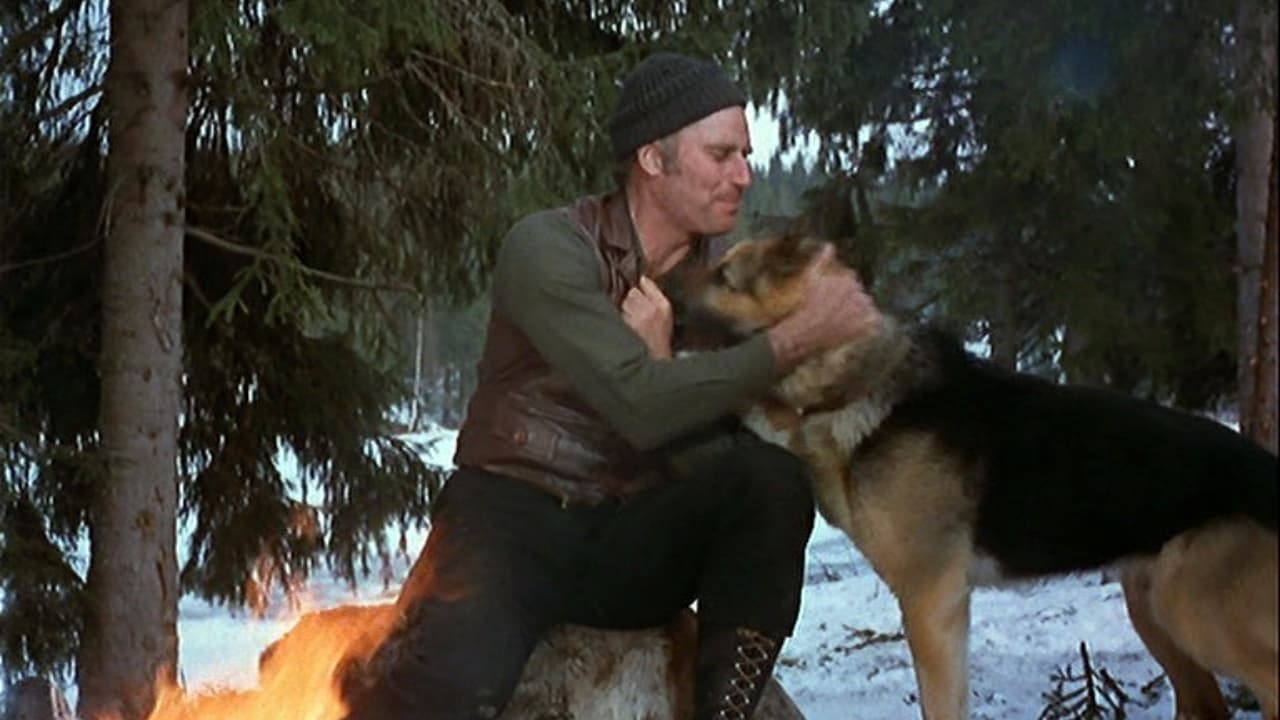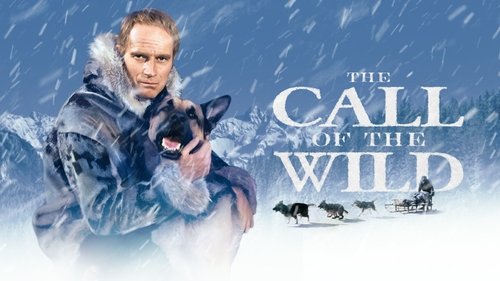


Several years ago, I rode the White Pass and Yukon Railway from Skagway, Alaska, to Carcross, Yukon, Canada. The 68-mile line through the Coast Range Mountains follows the first leg of the route taken by nearly 100,000 people who "rushed" to the gold fields of the Yukon, Klondike and Alaska. The great gold rush that goes by all three names began in 1896 and ended in 1899. Jack London's book, The Call of the Wild, came out in 1903, and was set mainly in that time and place. But his setting didn't have a railway or highways – which had not yet been built. The only way to Dawson City, the goal of the rushers, was overland on foot for most people, and by dog sled for the more fortunate. Today, one can get a sense of the extreme difficulty and hardships of the gold seekers, by taking a trip on the narrow-gage railway that was begun in 1898 and completed in 1900. Although the gold rush ended abruptly, the railway and later Klondike Highway from Skagway remained the principal means of supplies for the Yukon Territory well past the mid-20th century. The railway today thrives mostly on tourist trade. The trip to Carcross is a popular shore excursion for cruise ships that sail to Alaska and stop at Skagway. Check out YouTube for video segments on this rail trip. I mention all of this because I think it adds to one's sense of the challenge and struggle of the people of that time. I remember reading London's book way back in high school (a few decades ago). While the dog, Buck, is the central hero of the book, the story was also much about the human travail of the gold rush. This film does a good job of showing the human foibles, errors of judgment and lack of sense among people who caught the gold "fever." Of course, Buck and the other dogs and wolves, are a big part of the film. The scenery and sets are excellent. I can see how the film-makers used locales in Norway for scenes that look almost exactly like early newspaper photos of the gold rush. The acting, cinematography and sets are all top drawer in "The Call of the Wild." The weakness in the film is in the script, direction and editing. And, I'm not sure yet, on the musical score. These aspects were choppy at times. Too often, we would have a sudden break in scenes, with no transition. Closer attention to these details could have made this an outstanding film. But for the story it tells from the book, and the scenery, sets and acting, I give it 8 stars. For its historical value and realism, "The Call of the Wild" ranks among a few very good films about hardships and struggles with nature. That was not the main plot London had in mind, but the film serves up that secondary plot very well.If you ever take an Alaskan cruise that stops at Skagway, be sure to take the White Pass and Yukon Railway trip to Carcross. A barbecue lunch is at the Yukon end, and you return by bus on the Klondike Highway. It only operates during the summer months. It's a bit costly, but well worth it. This rail line is a major historical and engineering shrine today. Skagway also has a fine museum on the gold rush, and the U.S. National Park Service has a Yukon Gold Rush museum in downtown Seattle.
... View MoreFor a dog-lover, it is a moving and heart-touching story. For any other viewer, it is an old movie that features a bunch of sled dogs and Alaska. You really must read the book by Jack London before seeing the film. It follows the plot but it does confuse matters.The dog stunts do look very real and do tend do worry you. Fortunatly, you are assured before the movie begins that no animals were harmed in the making of the film. It was good quality for the time period with well-trained animals and nice camera shots. The soundtrack could have been improved but works for the general atmosphere. I was also disappointed by Buck's appearance. He was a German Shepherd mix as described in the book but was presented as a Newfoundland in the film. Curly was also the wrong breed. None of this honestly mattered once the film got started.It is no match for Disney's White Fang but Call of the Wild does come as its infamous partner.
... View MoreCharlton Heston as John plays a prospector along with Raimund Harmstorf . They are at the right time and in the right location to live numerous adventures . The picture chronicles the ¨Gold Rush¨ days of Alaska from Klondike territory and in the Dawson City center . Heston finds and befriends a German shepherd dog called ¨Buck¨ which saves and protects to John and his partner . The dog rescues them from dangers and leads throughout snowy landscapes . But Buck is robbed and is taken by various masters , being forced to pull a snow sled.The movie is based on Jack London novel -in part autobiographic but in his real life was prospector- , narrating the story about the gold discovery , people came to find the precious mineral through the freeze ways and corruption , violence and ambition that came with them . Authentic stars film are the animals as there appear : Huskys , pack of wolves and of course the magnificent German shepherd named Buck . The best of the movie are the marvelous , spectacular snowy outdoors , being stunningly photographed by John Cabrera in places as Finland , Norway and Spain . Atmospheric , evocative score by the Italian composer Carlo Rustichelli . The picture is one of various renditions based on Jack London novels along with ¨ The White Fang ¨ , creating the sub-genre about the Alaska adventures . The film is a European co-production by Harry Alan Towers with actors of several nations ( German as Raimund Harmstorf ; French as Michele Mercier ; English as Maria Rohm ; Spanish as Juan Luis Galiardo , Sancho Gracia and Italian as George Eastman or Luigi Montefiori). Charlton Heston said about this one resulted to be his worst film but I think is entertaining and watchable although mediocre for its poor direction and weak plot which hamper this familiar story .
... View MoreI had watched this as a kid on Italian TV; like TREASURE ISLAND (1972), it was a holiday favorite and did, in fact, remember the death scene of the Charlton Heston character after all these years! I've only watched the 1935 Clark Gable film (just announced on DVD) once but this one, an international production as opposed to a studio product, results in being the inferior version. As such it's watchable but uninspired, and quite scrappily made; the location shooting, however, is a big plus - as is Carlo Rustichelli's score. Heston is commanding as ever, but the real stars of the picture are the dogs - which are featured in some pretty violent footage for a film based on a children's classic (by Jack London).The rest of the cast is nothing special (George Eastman's villain is especially ludicrous), though both Michele Mercier and Maria Rohm (in yet another film produced by her husband Harry Alan Towers, who also co-wrote under his customary alias Peter Welbeck) are certainly attractive; still, the latter's shrill performance here demonstrates once again that it took a Jess Franco to offer her some worthy, meaty roles (particularly VENUS IN FURS [1968] and EUGENIE...THE STORY OF HER JOURNEY INTO PERVERSION [1969])!
... View More